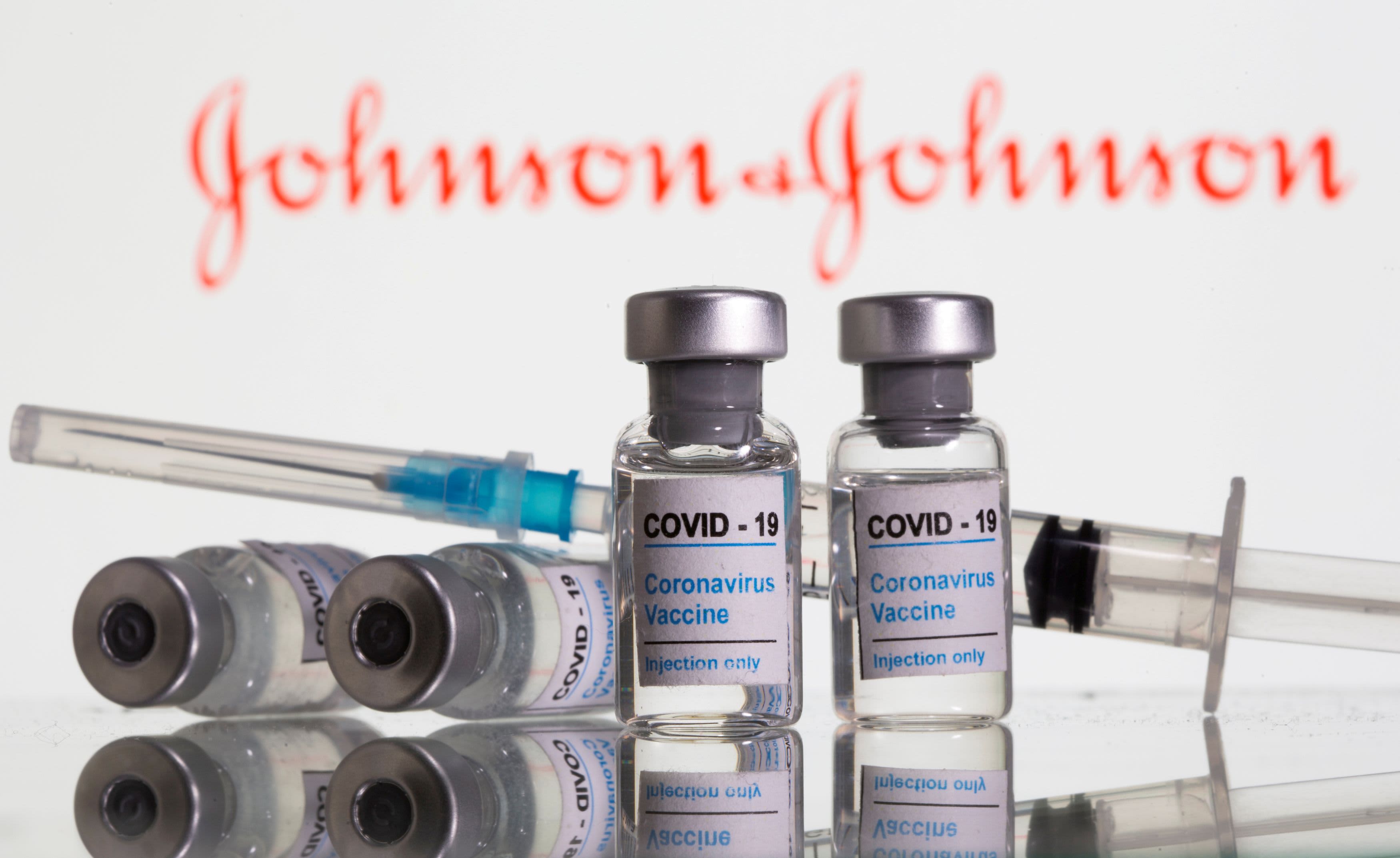Johnson & Johnson is scaling back shipments of its single-dose Covid-19 vaccine by 86% next week as it grapples with manufacturing issues at a major plant in Baltimore.
The government has allocated only 700,000 J&J shots to states next week, down from 4.9 million the week prior, according to data from the Centers for Disease Control and Prevention.
J&J is awaiting regulatory clearance for a Baltimore facility, which is run by Emergent BioSolutions Inc, and is working with the U.S. Food and Drug Administration to secure authorization.
Workers at the Baltimore plant several weeks ago mixed up ingredients for the J&J and AstraZeneca vaccines, which led to roughly 15 million ruined J&J doses. The Biden administration has put J&J in charge of vaccine manufacturing at the plant and stopped production of the AstraZeneca vaccine there.
Once it receives authorization, J&J could deliver up to eight million doses each week, White House Covid-19 coordinator Jeff Zients said during a press briefing on Friday. And the company remains on track to deliver 100 million doses by the end of May.
Gov. Gretchen Whitmer of Michigan has called on the Biden administration to surge vaccines in her state, which is grappling with the worst outbreak in the country. Michigan is expected to receive 17,500 J&J doses next week, an 88% drop compared to the previous week.
The administration said it will continue allocating shots based on population and doesn’t plan to surge doses to harder hit states since it can’t predict where infections could rise next.
“There are tens of millions of people across the country in each and every state and county who have not yet been vaccinated,” Zients said on Friday. “And the fair and equitable way to distribute the vaccine is based on the adult population by state, tribe, and territory. That’s how it’s been done, and we will continue to do so.”
“The virus is unpredictable. We don’t know where the next increase in cases could occur,” he added.
New York Gov. Andrew Cuomo said in a statement on Friday that the state will only receive 34,900 doses, an 88% drop compared to the previous week.
“As has been the case since the beginning of our vaccination effort, the X-factor is supply, supply, supply, and like every other state, our allocation of Johnson & Johnson doses will be significantly lower next week,” Cuomo said.
California will see its J&J allotment drop from 572,700 to 67,600; Florida from 313,200 to 37,000; and Texas from 392,100 to 46,300.
Some states have also temporarily halted J&J vaccinations at certain facilities after people suffered adverse reactions. The Georgia Department of Public Health paused all shots at one site after eight people experienced reactions, and other sites in North Carolina and Colorado also stopped administering doses due to reactions.
However, the CDC said it didn’t find any safety issues or reason for concern regarding the J&J doses, according to a statement from the North Carolina Department of Health and Human Services. The Colorado Department of Public Health and Environment also said there’s “no cause for concern.”
“After reviewing each patient’s symptoms, analyzing other vaccinations from the same lot of the vaccine and speaking with the CDC to confirm our findings, we are confident in saying that there is no reason for concern,” Dr. Eric France, the department’s chief medical officer, said in a statement.
The J&J vaccine was the third vaccine authorized in the U.S. after vaccines from Pfizer and Moderna. As of Friday evening, the company delivered nearly 15 million doses in the U.S, according to CDC data.
The U.S. is administering a seven-day average of 3 million vaccine doses each day. One in five Americans are now fully vaccinated, according to the CDC.
The rate of new Covid cases and deaths in the U.S. has dropped dramatically from the winter peak when hundreds of thousands of new infections and thousands of deaths were being reported daily.
The seven-day average of new cases in the U.S. was 67,000 on Saturday, according to data from Johns Hopkins University. That’s comparable to the surge that swept the nation last summer. The U.S. is reporting 982 deaths daily on average.
New infections are increasing in 23 states as the more infectious variant first identified in the U.K. has become the dominant strain in the U.S. President Joe Biden has called for states to open vaccine appointments to all adults by April 19 as the nation races to immunize as many people as possible as the virus mutates.
